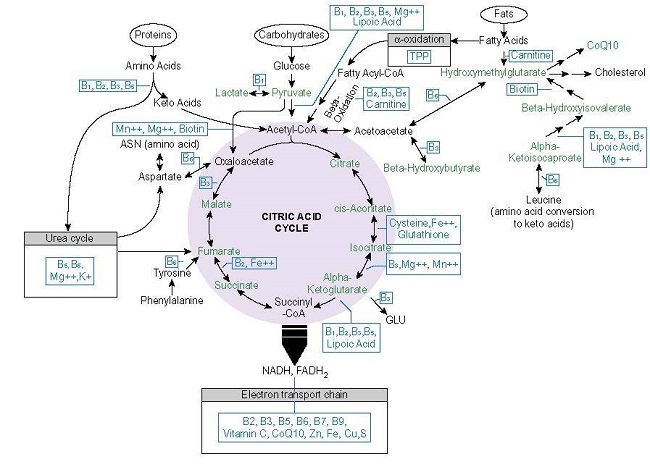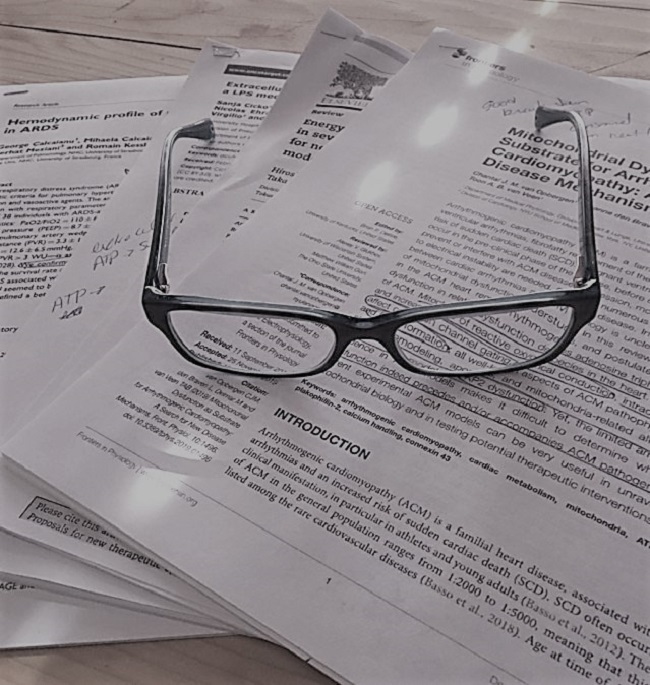I have had some difficulty finishing full research articles during this crisis. In lieu of full articles, and in order to more fully understand some connections, I have been tweeting thoughts and hypotheses – yes, tweeting. Eventually, these snippets will become articles, but in the meantime, I thought I would share them here. I have cleaned them up a bit and added a few links where relevant, but they remain largely as they were posted on Twitter.
Reconsidering Death, Oxygen, and ATP
I was contemplating death last night, not my own per se, but the notion of death. What is death or what constitutes death? And you know what? I still land squarely at the mitochondria.
Oxygen (O2) is fundamental for life and we like to think that its absence constitutes death. While its diminishment sure makes living difficult and its absence makes life impossible, there is something more fundamental required. There is one more step below the necessity of O2.
Without ATP – O2 cannot be used.
Sit with that for a moment.
We can mechanically ventilate and force-feed O2, but if there is insufficient ATP, it will not matter.
The relationship is reciprocal, of course, without O2, there can be no ATP.
But yet still, ATP is key.
Making fueling the mitochondria the single most important thing we can do to prevent death for any disease process, but especially something like COVID.
Unfortunately, virtually every treatment in the medical armament damages mitochondria (yes that includes all pharmaceuticals) – even or perhaps especially – forced ventilation (here, here, here). That is not to say that sometimes meds or mechanical ventilation are not necessary, but only that we could do better if we considered how O2 is used and what is required for O2 saturation beyond just the mechanics.
And that we could do better if we considered the damage drugs do to that process. [For that matter, we should also be considering the damage environmental chemicals do as well.]
For O2 to be used — we need ATP.
For ATP – we need functional mitochondria.
For functional mitochondria – we need micronutrients, thiamine especially. Thiamine drives the mitochondrial processing plant.

Thiamine deficiency — by itself, absent any other variables, causes hypoxia. They call it pseudohypoxia because it doesn’t match our current conceptualization of obstructive hypoxia, but it is hypoxia just the same. The only difference – it originates in the mitochondria.
From a lack of ATP, we get the inability of the mitochondria to utilize the readily available O2, which leads to more hypoxia and a crap ton of other negative sequelae. All of which we are seeing in full relief with COVID patients.
If only there was a simple solution…
Oh, that’s right, there is.
No heroics needed, just give folks IV thiamine, an IV banana bag when they come in, continue until they improve.
If they are still able to eat, throw in some protein, fat, a few carbs, and perhaps, some fat-soluble vitamins (A, D,K, for example).
To reframe – what do mitochondria need to create ATP? Nutrients plus O2.
What do mitochondria need to use O2? ATP.
So what do mitochondria need to ‘breathe’? Nutrients.
Nutrients are the missing piece in the puzzle.
Feed the mitochondria >>> prevent mitochondrial collapse >>> prevent death.
A few articles that influenced my thinking:
- Intracellular ATP is required for mitochondrial apoptotic pathways in isolated hypoxic rat cardiac myocytes.
- Extracellular ATP is a danger signal activating P2X7 receptor in a LPS mediated inflammation (ARDS/ALI).
- Purinergic Signaling in Pulmonary Inflammation.
- Mitochondrial Dysfunction as Substrate for Arrhythmogenic Cardiomyopathy: A Search for New Disease Mechanisms.
We Need Your Help
More people than ever are reading Hormones Matter, a testament to the need for independent voices in health and medicine. We are not funded and accept limited advertising. Unlike many health sites, we don’t force you to purchase a subscription. We believe health information should be open to all. If you read Hormones Matter, like it, please help support it. Contribute now.







